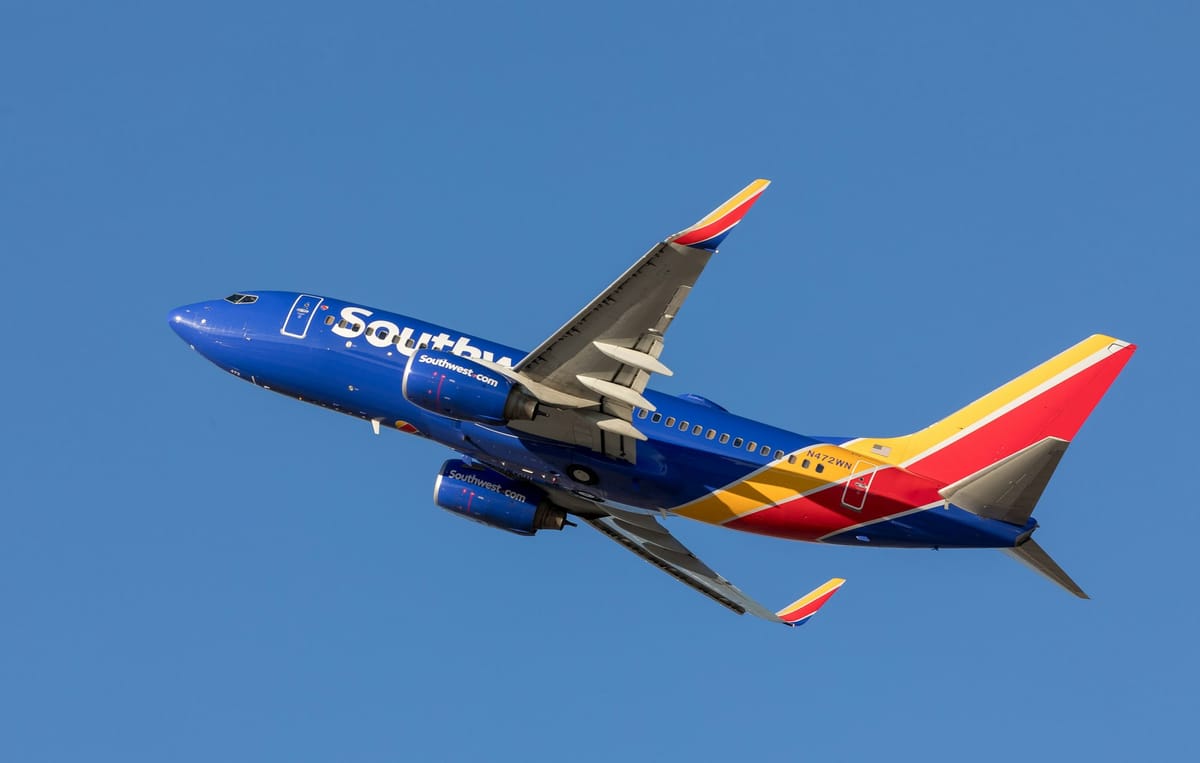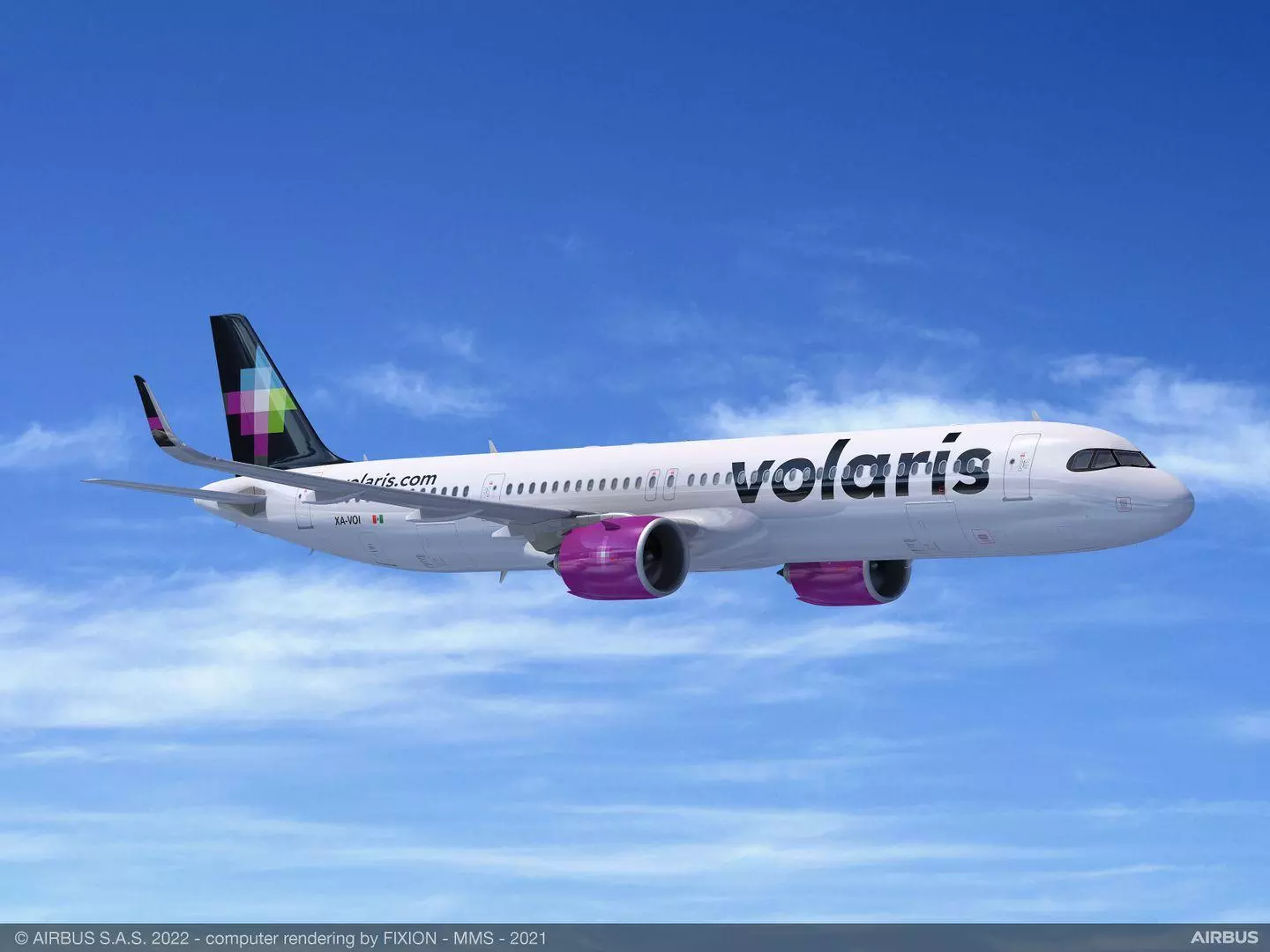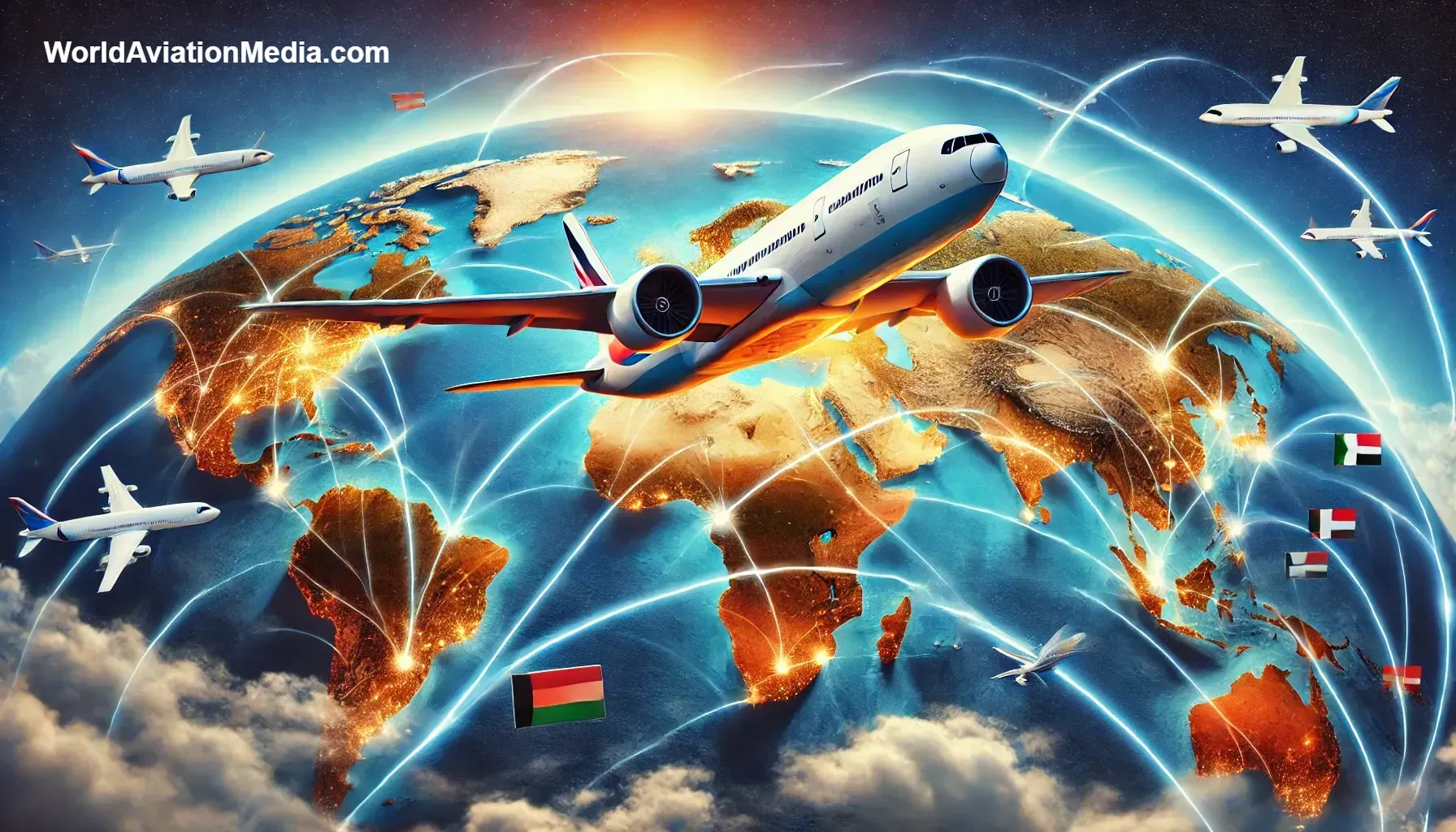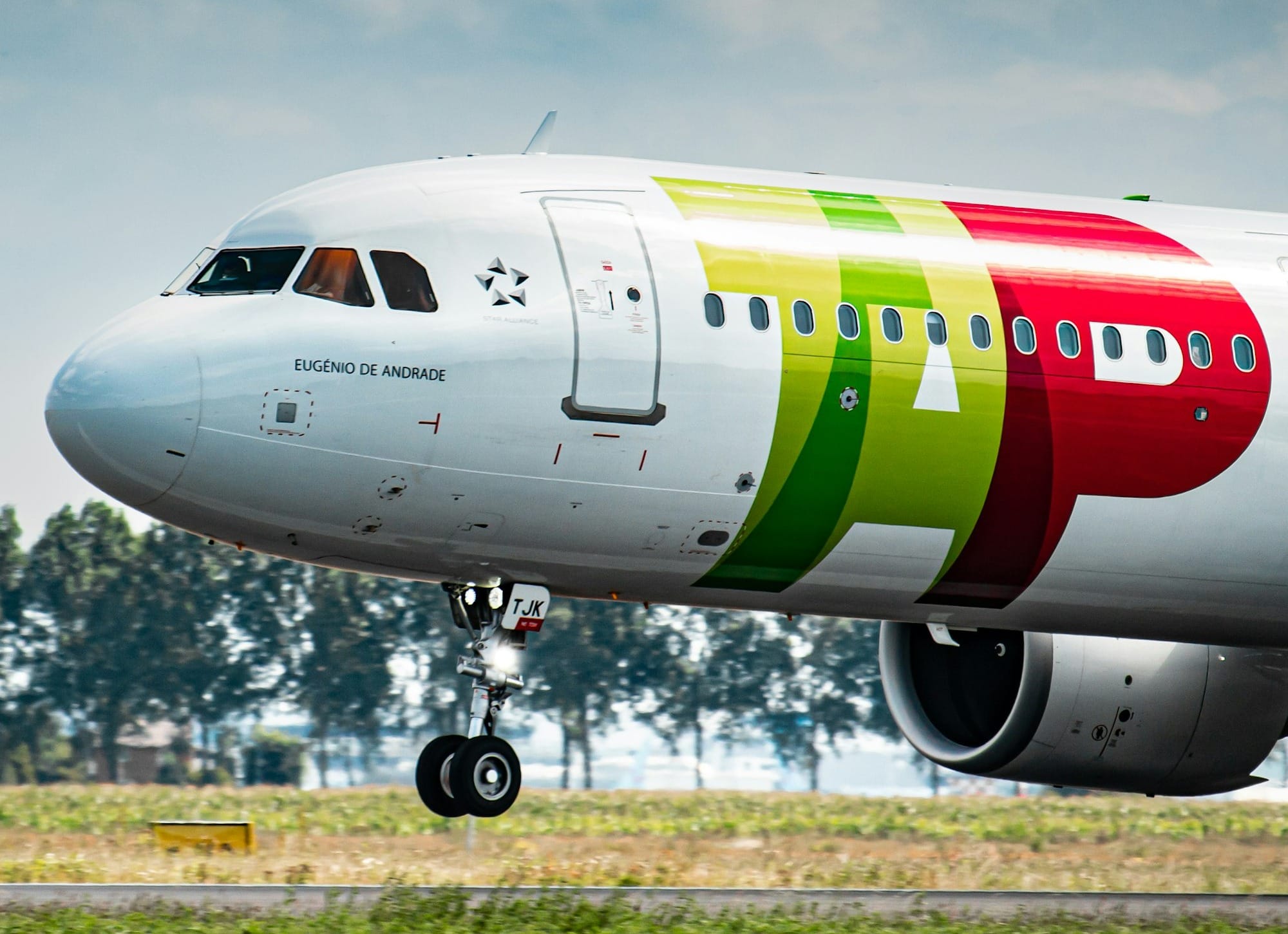Southwest Airlines’ FY 2023 Financial Performance: A Deep Dive into Efficiency and Costs
Southwest Airlines, a major player in the aviation industry, has recently disclosed its financial results for the fourth quarter and the full year of 2023. These results have been eagerly anticipated by investors, industry analysts, and competitors alike...


Southwest Airlines’ FY 2023 Financial Performance: A Deep Dive into Efficiency and Costs
Key Takeaways:
- Southwest Airlines reported a 4.0 percent improvement in fuel efficiency in Q4 2023.
- Operating expenses for the airline increased by 9.5 percent to $7.2 billion.
- The cost per available seat mile (CASM) decreased by 18.1 percent.
Southwest Airlines, a major player in the aviation industry, has recently disclosed its financial results for the fourth quarter and the full year of 2023. These results have been eagerly anticipated by investors, industry analysts, and competitors alike, as they provide valuable insights into the company's operational efficiency and financial health. In this comprehensive editorial, we will dissect Southwest's financial performance, focusing on the key aspects of fuel efficiency, operating expenses, and cost per available seat mile.
The Significance of Fuel Efficiency Gains
Southwest Airlines' 4.0 percent improvement in fuel efficiency during the fourth quarter of 2023 is a significant achievement, particularly in an industry where fuel costs can be a major determinant of profitability. This improvement is primarily attributed to the addition of the Boeing 737-8 aircraft to their fleet. The 737-8 is known for its advanced technology and fuel-efficient engines, which contribute to lower fuel consumption and reduced greenhouse gas emissions.
The strategic decision to upgrade the fleet with more fuel-efficient aircraft not only demonstrates Southwest's commitment to sustainability but also positions the airline to better manage fuel costs in the long term. This move is likely to resonate well with environmentally conscious consumers and investors who are increasingly prioritizing corporate responsibility in their decision-making processes.
Operating Expenses on the Rise
Despite the gains in fuel efficiency, Southwest Airlines has experienced a 9.5 percent increase in operating expenses, which totaled $7.2 billion for the quarter. This rise in expenses can be attributed to several factors, including increased labor costs, maintenance expenses, and investments in technology and infrastructure. As the airline industry recovers from the impacts of the global pandemic, airlines like Southwest are ramping up their operations to meet the growing demand for air travel.
The increase in operating expenses is a critical area for Southwest's management to monitor, as it directly impacts the company's bottom line. Efficient cost management is essential for maintaining competitiveness in the market, especially in an industry known for its low margins and high fixed costs.
Advertising
A Closer Look at CASM
A key metric in the airline industry is the cost per available seat mile (CASM), which measures how much an airline spends to fly one seat one mile. For Southwest Airlines, the CASM decreased by 18.1 percent in Q4 2023, indicating a more cost-effective operation. This reduction in CASM is a positive sign, suggesting that the airline is achieving greater economies of scale and improving its operational efficiency.
The decrease in CASM can be partly credited to the increased fuel efficiency brought about by the new Boeing 737-8 aircraft. Additionally, Southwest's efforts to optimize its route network and improve its operational processes have likely contributed to this decrease. A lower CASM gives Southwest a competitive edge, as it can offer more attractive pricing to its customers without compromising on profitability.
Fleet Modernization and Its Impact
The modernization of Southwest's fleet with the introduction of the Boeing 737-8 aircraft is a strategic move that has far-reaching implications. Not only does it enhance fuel efficiency, but it also provides passengers with a more comfortable and modern flying experience. Features such as improved cabin interiors, quieter engines, and larger overhead bins make for a more pleasant journey, which can boost customer satisfaction and loyalty.
Fleet modernization also has operational benefits, such as reduced maintenance requirements and increased reliability. Newer aircraft are typically less prone to technical issues, which can lead to fewer flight delays and cancellations. This reliability can enhance Southwest's reputation for punctuality and service quality, which are important factors for travelers when choosing an airline.
Analyzing the Increase in Operating Expenses
The 9.5 percent increase in operating expenses for Southwest Airlines is a multifaceted issue that requires careful analysis. Labor costs, for instance, have been on the rise across the industry as airlines compete for skilled personnel and face pressure from unions to increase wages and benefits. Additionally, maintenance and overhaul costs can escalate as airlines expand their fleets and invest in new technologies to improve efficiency and customer experience.
It is important for Southwest to continue to find ways to control these costs without compromising on safety or service quality. Strategic sourcing, efficient resource allocation, and continuous process improvement are all methods that can help manage operating expenses. By keeping these costs in check, Southwest can maintain its competitive pricing strategy and protect its profit margins.

The Role of Fuel Efficiency in Financial Health
Fuel costs are one of the largest variable expenses for any airline, and improvements in fuel efficiency can have a substantial impact on financial health. Southwest's 4.0 percent improvement in this area is a testament to the company's proactive approach to managing this volatile expense. By investing in more fuel-efficient aircraft, Southwest is not only reducing its environmental footprint but also insulating itself against fluctuations in fuel prices.
The airline's focus on fuel efficiency is a strategic component of its overall cost management strategy. As fuel prices can be unpredictable, having a more fuel-efficient fleet provides a buffer against market volatility. This foresight is crucial for maintaining stable financial performance and ensuring the airline's resilience in the face of economic challenges.
The Importance of CASM in Airline Economics
CASM is a critical metric for understanding the cost structure of an airline. A lower CASM indicates that an airline is able to spread its fixed costs over a larger number of seat miles, which can lead to improved profitability. Southwest's 18.1 percent reduction in CASM is a strong indicator that the airline is moving in the right direction, optimizing its operations to become more cost-efficient.
This improvement in CASM can be attributed to various factors, including the increased fuel efficiency of the fleet, better capacity management, and operational improvements. By focusing on reducing CASM, Southwest can offer competitive fares while still generating healthy margins, which is essential for long-term financial sustainability.

Advertising
The Impact of Fleet Modernization on Operational Efficiency
The addition of the Boeing 737-8 aircraft to Southwest's fleet is a strategic investment that has a direct impact on operational efficiency. Newer aircraft are designed with the latest technology, which often results in lower fuel consumption, reduced emissions, and less noise. These improvements not only benefit the environment but also contribute to cost savings for the airline.
Moreover, modern aircraft are equipped with advanced avionics and systems that can enhance flight operations. For example, more accurate navigation systems can lead to more efficient flight paths, reducing flight times and saving fuel. The integration of these new aircraft into Southwest's fleet is a forward-thinking move that positions the airline for continued success.
The Challenge of Balancing Costs and Service Quality
As operating expenses rise, airlines like Southwest are faced with the challenge of balancing cost control with maintaining high service quality. It is essential for Southwest to continue delivering the customer service that passengers have come to expect while finding innovative ways to manage costs. This balancing act requires strategic planning and execution across all areas of the business.
Investments in technology, staff training, and process optimization can help Southwest achieve this balance. By leveraging technology to streamline operations and improve the customer experience, the airline can reduce costs while enhancing service quality. Additionally, investing in employee development can lead to a more efficient and motivated workforce, which is crucial for delivering exceptional service.
The Future Outlook for Southwest Airlines
Looking ahead, Southwest Airlines appears to be well-positioned for the future. The airline's focus on fuel efficiency, cost management, and operational excellence has laid a strong foundation for continued financial success. As the demand for air travel continues to grow, Southwest's modernized fleet and competitive cost structure will be key assets in capturing market share and driving profitability.
The airline industry is constantly evolving, and Southwest must remain agile to adapt to changing market conditions. Continued investment in sustainable practices, customer-centric innovations, and operational improvements will be essential for Southwest to maintain its leadership position in the industry. With a clear strategic vision and a commitment to excellence, Southwest is poised for a bright future.
Advertising
Summary
Southwest Airlines' financial results for Q4 and the full year of 2023 reflect a company that is making strategic investments to improve fuel efficiency and operational efficiency while facing the challenges of increased operating expenses. The addition of the Boeing 737-8 aircraft has been a key factor in improving fuel efficiency by 4.0 percent, contributing to a significant decrease in CASM by 18.1 percent. Despite a 9.5 percent increase in operating expenses, Southwest's focus on cost management and service quality positions the airline for continued success in the competitive aviation market.
FAQ Section
Q1: How has Southwest Airlines improved its fuel efficiency in Q4 2023? A1: Southwest Airlines improved its fuel efficiency by 4.0 percent in Q4 2023, primarily through the addition of the fuel-efficient Boeing 737-8 aircraft to its fleet.
Q2: What contributed to the increase in Southwest Airlines' operating expenses? A2: The increase in operating expenses by 9.5 percent was due to factors such as higher labor costs, maintenance expenses, and investments in technology and infrastructure.
Q3: Why is the cost per available seat mile (CASM) an important metric for airlines? A3: CASM is an important metric because it measures the efficiency of an airline's operations by indicating how much it costs to fly one seat for one mile. A lower CASM suggests better cost management and can lead to improved profitability.



